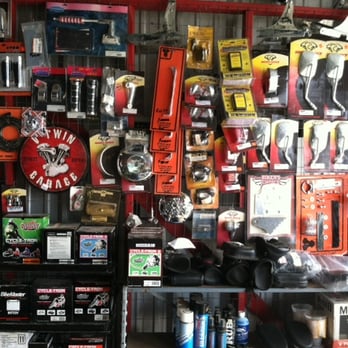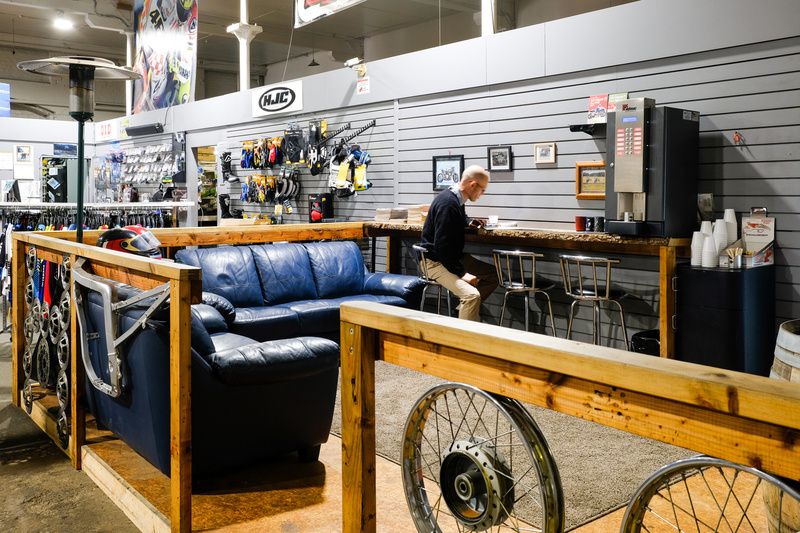Leading MX Gear NZ: Get Ready for Your Following Off-Road Adventure
Leading MX Gear NZ: Get Ready for Your Following Off-Road Adventure
Blog Article
Mastering Bike Gears: Just How to Optimize Your Riding Experience
In the world of motorcycling, grasping the art of equipment control is crucial for boosting your riding performance. Appropriately understanding and using bike gears can substantially impact control, fuel, and velocity effectiveness, changing a typical ride into a smooth, electrifying journey.
Comprehending Equipment Mechanics
At the core of motorcycle dynamics, equipment auto mechanics play a crucial function in transforming engine power right into movement, eventually dictating rate and control. The equipment ratios, carefully designed, establish the connection in between engine revolutions and wheel turns, impacting acceleration and gas performance.
Recognizing equipment mechanics starts with identifying the importance of the gearbox, which houses numerous gears of varying dimensions. These gears connect through a procedure called meshing, where teeth of different equipments engage to send power. The precision of this communication is crucial; any kind of misalignment or damages can result in ineffective power transfer, impeding performance. Furthermore, the arrangement and dimension of gears affect the motorbike's capacity to manage different lots and speeds.
Additionally, the principle of gear moving is integral to maximizing efficiency. Smooth and timely shifts guarantee that the engine runs within its optimum power band, avoiding unneeded strain and boosting longevity (motorbike shop). By understanding these mechanical intricacies, bikers can accomplish an unified mix of efficiency, control, and power, raising their riding experience
Timing Your Changes
Change timing mastery is necessary for maximizing motorbike efficiency and enhancing the riding experience. Correctly timed changes make sure that the engine operates within its optimal power band, which is crucial for keeping control, accomplishing smooth acceleration, and guaranteeing the durability of the bike. Bikers should establish an instinctive feeling of when to shift equipments, which entails understanding the partnership between engine revolutions per min (RPM) and rate.
To understand change timing, pay very close attention to the engine's noise and really feel, as these offer important hints regarding when to alter gears. The suitable shift point generally occurs when the engine comes close to the top series of its power band without reaching the redline. Shifting prematurely can bring about an absence of power, while moving far too late might trigger unneeded engine stress
In addition, roadway conditions and riding design impact shift timing. For circumstances, in metropolitan setups, smoother and a lot more frequent shifts might be required to browse web traffic efficiently. On the other hand, throughout highway riding, less shifts at greater speeds can be better. Exercising in varied atmospheres will certainly improve your capacity to time shifts specifically, ultimately elevating your riding experience to a specialist level.
Enhancing Gas Efficiency
While grasping bike gears is crucial for performance, boosting fuel efficiency is similarly vital for both ecological and financial reasons. Ideal gas consumption not only decreases functional prices but also lessens the eco-friendly footprint of riding. To accomplish this, one should recognize the detailed relationship between gear choice and engine efficiency.
Firstly, picking the right gear at appropriate speeds can substantially influence gas intake. Riding in a Extra resources greater equipment at lower speeds can cause engine carrying, which is destructive to both gas economic situation and engine health. Conversely, riding in lower equipments at broadband leads to unnecessary fuel usage. Thus, maintaining an optimal balance by shifting equipments abreast with road conditions and anticipated maneuvers is important.
Additionally, regular upkeep plays a pivotal role in gas effectiveness. Making sure that the motorbike is well-tuned, with clean air filters and properly blew up tires, can improve aerodynamics and reduce fuel wastage. Taking on a riding style that welcomes progressive acceleration and smooth slowdown can contribute to better gas economic climate.

Methods for Smooth Transitions
Attaining smooth equipment shifts is essential to enhancing the riding experience and making certain the long Go Here life of a motorcycle's transmission system. Appropriate gear shifting not just contributes to a seamless ride but also lessens wear and tear on the mechanical parts. To master the art of smooth shifts, riders need to concentrate on a few crucial techniques.

Secondly, clutch control plays an essential duty. Involving and disengaging the clutch smoothly requires method. The clutch bar dirt bike protection need to be launched gradually, permitting a seamless transfer of power from the engine to the wheels without triggering a shock or sudden activity.

Adapting to Road Problems
Navigating varied road conditions is a crucial skill for any type of motorcyclist intending to keep control and safety and security. Whether you're riding on damp surface areas, crushed rock roads, or navigating doglegs, your capacity to adjust your gear usage and riding strategy is paramount. Recognizing just how to change your gears appropriately can significantly impact grip and stability, guaranteeing a safer trip.
In contrast, when riding on crushed rock or irregular surface, lower equipments are more suitable. Reduced gears give better control and permit you to respond even more swiftly to unanticipated changes in the roadway surface.
Sharp contours demand exact gear administration to stabilize speed and control. Downshifting prior to entering a contour can aid preserve energy while ensuring the motorbike continues to be secure throughout the turn. Constant technique in varied conditions boosts your ability to respond and anticipate to adjustments in road texture and slope.
Verdict
Understanding bike equipments dramatically boosts the riding experience by boosting gas, acceleration, and control effectiveness. Adapting equipment option to numerous roadway conditions, such as utilizing greater gears on wet surface areas and reduced gears on gravel, further enhances handling and safety and security.
Recognizing equipment auto mechanics begins with recognizing the value of the transmission, which houses several gears of varying dimensions. These gears interact via a procedure known as meshing, where teeth of various equipments engage to send power (mx parts nz). Gentle changes to the throttle throughout gear changes can stop jerky movements and keep a constant riding pace
Whether you're riding on damp surfaces, crushed rock roads, or browsing sharp turns, your capability to adapt your equipment usage and riding strategy is paramount. Adjusting equipment option to numerous road problems, such as making use of greater gears on damp surfaces and reduced equipments on crushed rock, further improves handling and security.
Report this page